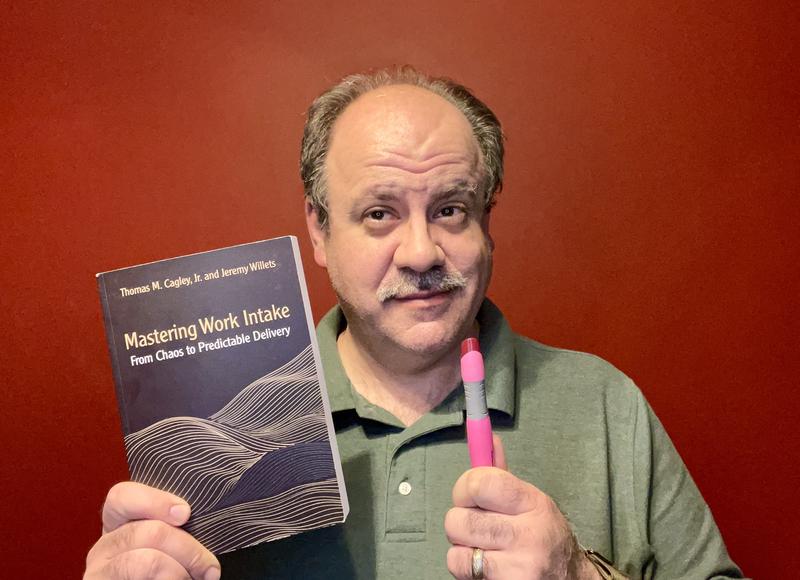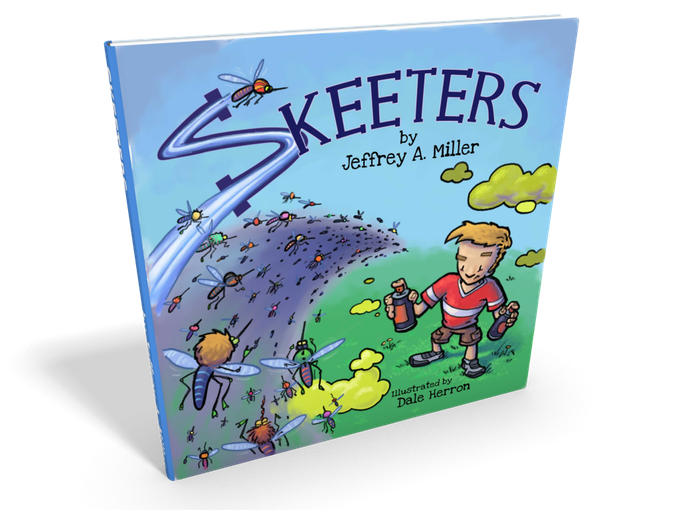Grab a Highlighter! Learn How to Master Work Intake (Book Review)

Practical Insight from Real-World Experts
Disclosures: This is a cross-post of my Amazon review of the book. You can find the book on Amazon here. I was provided with a print copy for review, but I found it valuable so I also purchased it on Kindle at my own expense.
As I read the book, I was initially struck by its readability and guidance that breaks past methodology labels, focusing instead on the underlying principles in the construction and subsequent lifecycle of software products.
Digging deeper, I began to see descriptions of behavior that I had experienced in my own teams. Discussions of story-driven teams vs. interrupt-driven teams and the tendency for hybrid IT support teams to struggle to complete story-driven work amidst interruptions smacked me right in the face. I had lived that struggle for multiple years on such teams, so it struck a chord in my thinking, and I was anxious to learn more.
The authors systematically apply 9 core principles of good work intake (transparency, respect, control, prioritization, ownership, etc.) and relate the subject back to the essence of the Agile Manifesto in a method-neutral way while providing examples of how specific approaches like Scrum address the core principles and where they fall silent.
The book is broken into four sections: a basic Introduction to Work Intake that identifies multiple levels of work intake; a treatment of Prioritizing and Sequencing (are they different?—yes!); using meaningful Flow Metrics to observe and measure Work Intake and the flow of work; and Work Intake Problems and Solutions covering fixes for all-too-common situations. Each chapter and section is capped off with key questions for examination of current state, which if answered honestly, can lead to useful thinking, discussion, and decisions that will change practices for the better.
I tend to jump around a bit as I read but I really enjoyed the “Introspection” chapter at the end of each section, which when taken together, forms a “business case as a novella”—a fictional story that illustrates the application of each section’s material through the scenario. I found this to be a quick way to survey the book’s core premises, and it motivated me to go back and dig into each concept in more depth during my explorations.
The book fits for anyone that wants to understand the forces at play in how work enters the team; is prioritized and sequenced; and flows (or doesn’t) from WIP to completion. Common problems and antipatterns are presented throughout along with approaches to solve them.
There’s a ton of great material, and I expect it to join my list of books that serve as a foundational distillation of its subject. I put it alongside works like Getting Things Done, Leadership is Language, The Bullet Journal Method, Building a Second Brain and other works that have shaped my thinking by providing a cohesive and thorough treatment of its subject.
I’ve met the authors personally, and though I was initially provided a copy to review, I found it so valuable that I still bought my own copy on Kindle.
I wholeheartedly recommend this book for anyone who has suffered through work intake missteps in Agile teams and wants to find a better way to deliver predictable results.
About the Author
Jeffrey A. Miller is a Senior Consultant, Trainer, Author, Speaker, and Leader. Jeffrey has over 25 years of experience helping organizations bring value to their mission through software. He has presented a variety of programming, data, and team topics at user groups and tech conferences.
Jeffrey and his wife, Brandy, are adoptive parents and have written a fun children’s book called “Skeeters” with proceeds supporting adoption.

